
loading






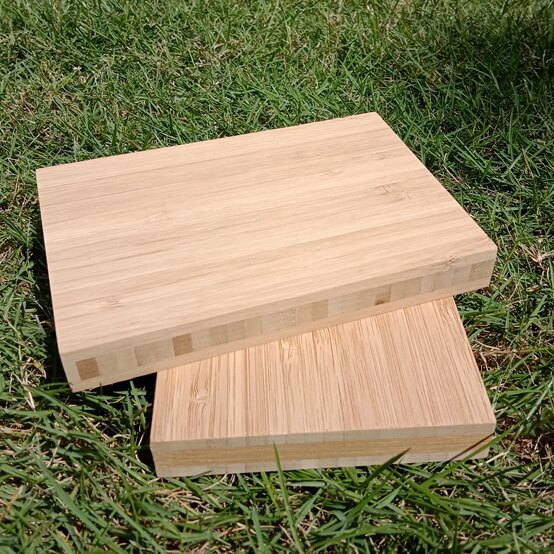

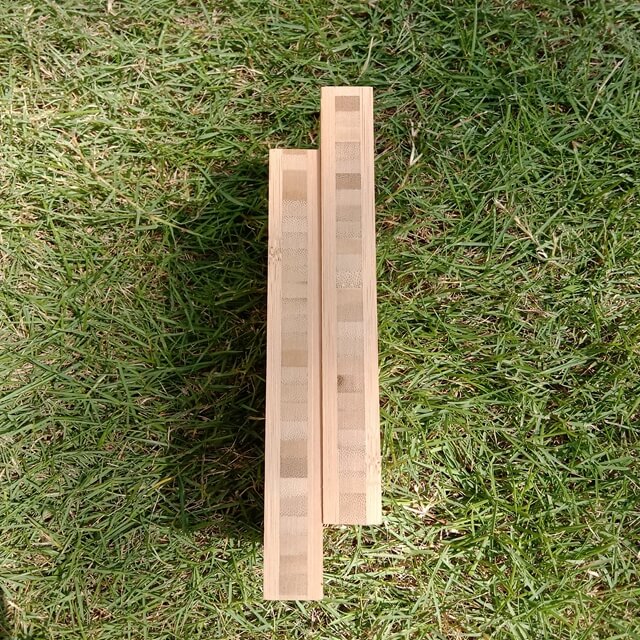
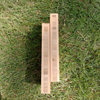
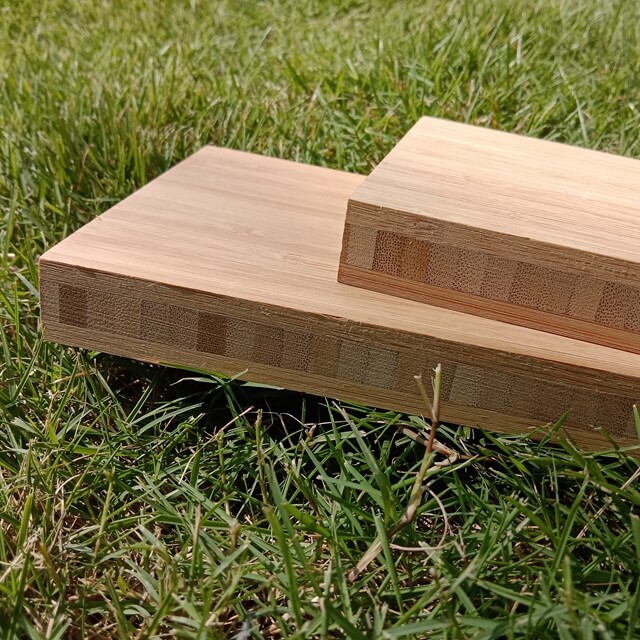
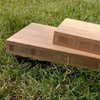
Cross-ply bamboo plywood is an engineered bamboo product where layers of bamboo strips (veneers) are stacked with their grain directions perpendicular to each other (typically at 90° angles) and bonded under high pressure. This cross-lamination mimics traditional plywood construction, providing balanced strength and stability in multiple directions.
Cross-Laminated Structure
Alternating layers (usually 3, 5, or more) are arranged with grains perpendicular to each other.
Reduces expansion/contraction and warping, improving dimensional stability.
Balanced Strength
Unlike longitudinal plywood (which is strongest along the grain), cross-ply has uniform strength in both length and width.
High Durability & Moisture Resistance
Often treated with adhesives (such as phenolic resin) for water resistance, making it suitable for humid environments.
Eco-Friendly & Sustainable
Made from fast-growing bamboo, a renewable alternative to hardwood plywood.
Smooth Surface & Aesthetic Appeal
Can be sanded to a fine finish, suitable for visible surfaces in furniture and interiors.
✔ Furniture (tabletops, cabinets, shelves) – Stable and warp-resistant.
✔ Flooring & Wall Paneling – Handles heavy loads without bending.
✔ Countertops & Worktops – Resists moisture and wear.
✔ Doors & Partitions – Less prone to warping than solid wood.
✔ Structural Panels (in some cases) – Used where multi-directional strength is needed.
| Feature | Cross-Ply Bamboo Plywood | Longitudinal Bamboo Plywood |
|---|---|---|
| Grain Direction | Layers perpendicular (90°) | All layers parallel |
| Strength | Balanced in all directions | Stronger along the grain |
| Stability | More dimensionally stable | Can warp if unsupported |
| Best For | Furniture, countertops, general plywood uses | Beams, flooring, long spans |
| Moisture Resistance | Often higher (due to resins) | Depends on adhesive used |
✅ Multi-directional strength – No weak direction.
✅ Less prone to warping – Ideal for large panels.
✅ Smooth finish – Better for visible surfaces.
✅ Moisture-resistant options – Suitable for kitchens/bathrooms.
❌ Heavier than longitudinal plywood (due to denser lamination).
❌ More expensive than standard plywood (but cheaper than high-end hardwoods).
❌ Not as strong in a single direction as longitudinal plywood (not ideal for beams).
Bamboo Strips Preparation – Split, flattened, and dried.
Layering – Strips stacked in alternating grain directions.
Pressing & Gluing – High-pressure bonding with adhesives (UF, PF, or eco-friendly resins).
Finishing – Sanding, cutting, and sometimes veneering.
Cross-ply bamboo plywood is an engineered bamboo product where layers of bamboo strips (veneers) are stacked with their grain directions perpendicular to each other (typically at 90° angles) and bonded under high pressure. This cross-lamination mimics traditional plywood construction, providing balanced strength and stability in multiple directions.
Cross-Laminated Structure
Alternating layers (usually 3, 5, or more) are arranged with grains perpendicular to each other.
Reduces expansion/contraction and warping, improving dimensional stability.
Balanced Strength
Unlike longitudinal plywood (which is strongest along the grain), cross-ply has uniform strength in both length and width.
High Durability & Moisture Resistance
Often treated with adhesives (such as phenolic resin) for water resistance, making it suitable for humid environments.
Eco-Friendly & Sustainable
Made from fast-growing bamboo, a renewable alternative to hardwood plywood.
Smooth Surface & Aesthetic Appeal
Can be sanded to a fine finish, suitable for visible surfaces in furniture and interiors.
✔ Furniture (tabletops, cabinets, shelves) – Stable and warp-resistant.
✔ Flooring & Wall Paneling – Handles heavy loads without bending.
✔ Countertops & Worktops – Resists moisture and wear.
✔ Doors & Partitions – Less prone to warping than solid wood.
✔ Structural Panels (in some cases) – Used where multi-directional strength is needed.
| Feature | Cross-Ply Bamboo Plywood | Longitudinal Bamboo Plywood |
|---|---|---|
| Grain Direction | Layers perpendicular (90°) | All layers parallel |
| Strength | Balanced in all directions | Stronger along the grain |
| Stability | More dimensionally stable | Can warp if unsupported |
| Best For | Furniture, countertops, general plywood uses | Beams, flooring, long spans |
| Moisture Resistance | Often higher (due to resins) | Depends on adhesive used |
✅ Multi-directional strength – No weak direction.
✅ Less prone to warping – Ideal for large panels.
✅ Smooth finish – Better for visible surfaces.
✅ Moisture-resistant options – Suitable for kitchens/bathrooms.
❌ Heavier than longitudinal plywood (due to denser lamination).
❌ More expensive than standard plywood (but cheaper than high-end hardwoods).
❌ Not as strong in a single direction as longitudinal plywood (not ideal for beams).
Bamboo Strips Preparation – Split, flattened, and dried.
Layering – Strips stacked in alternating grain directions.
Pressing & Gluing – High-pressure bonding with adhesives (UF, PF, or eco-friendly resins).
Finishing – Sanding, cutting, and sometimes veneering.






